Back to Courses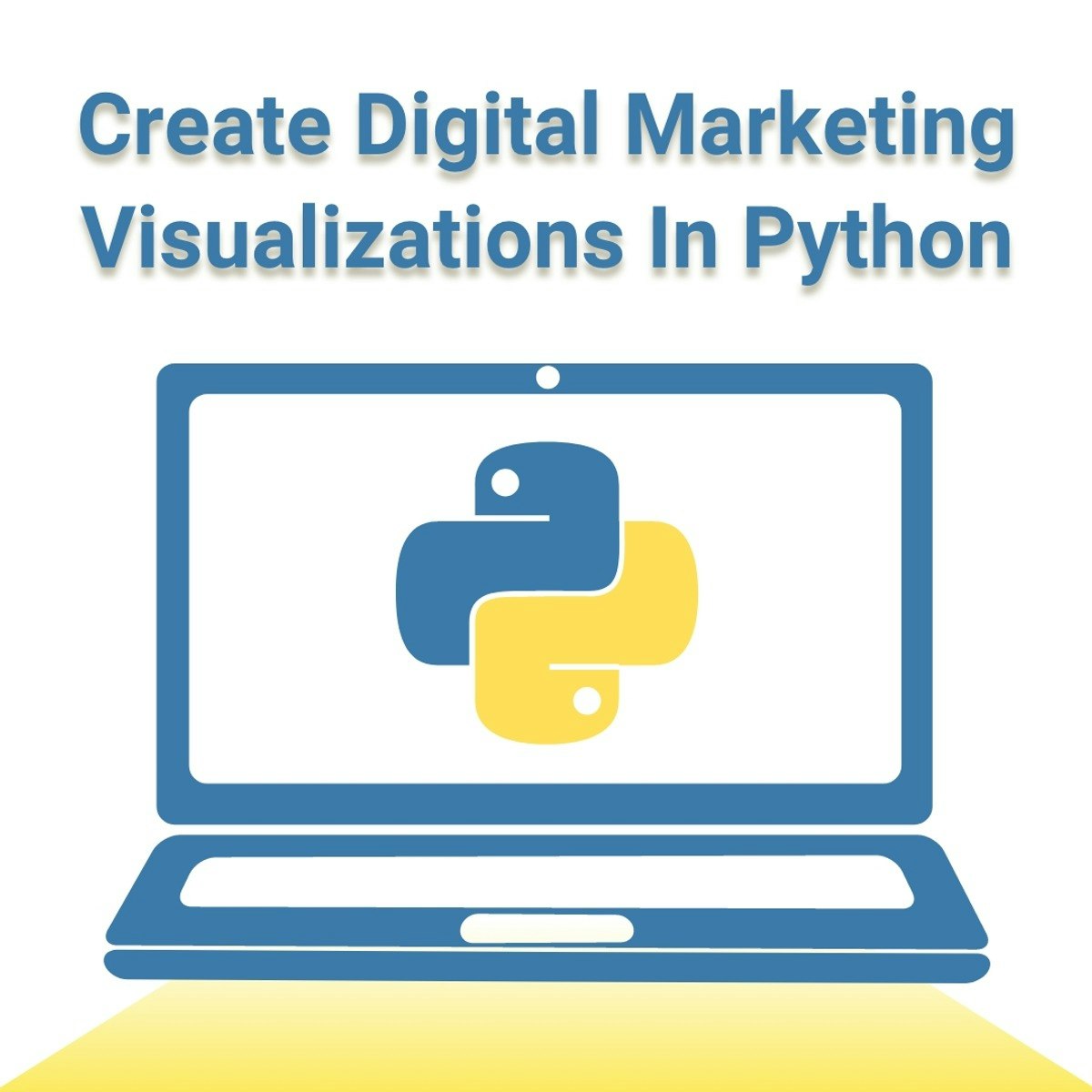



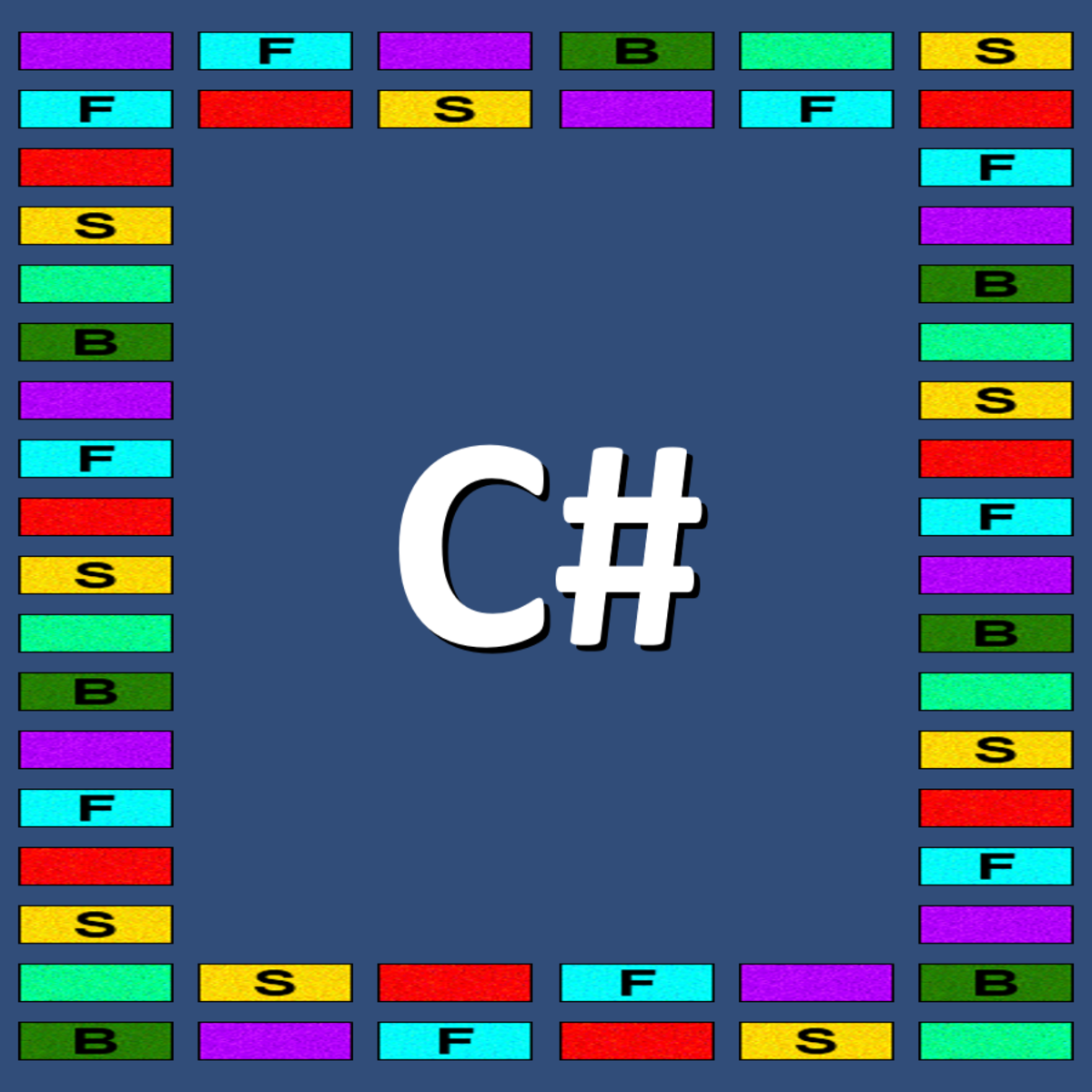
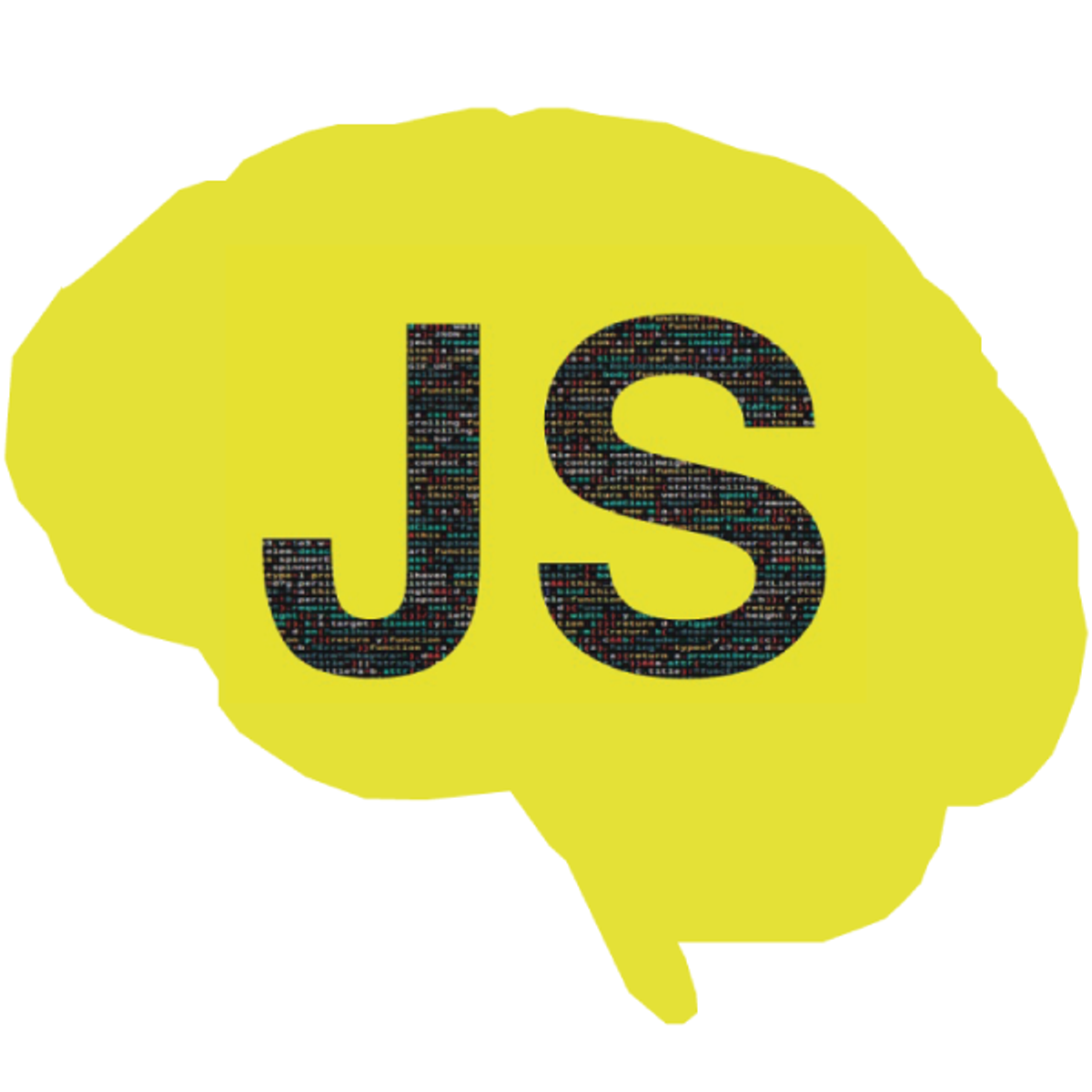
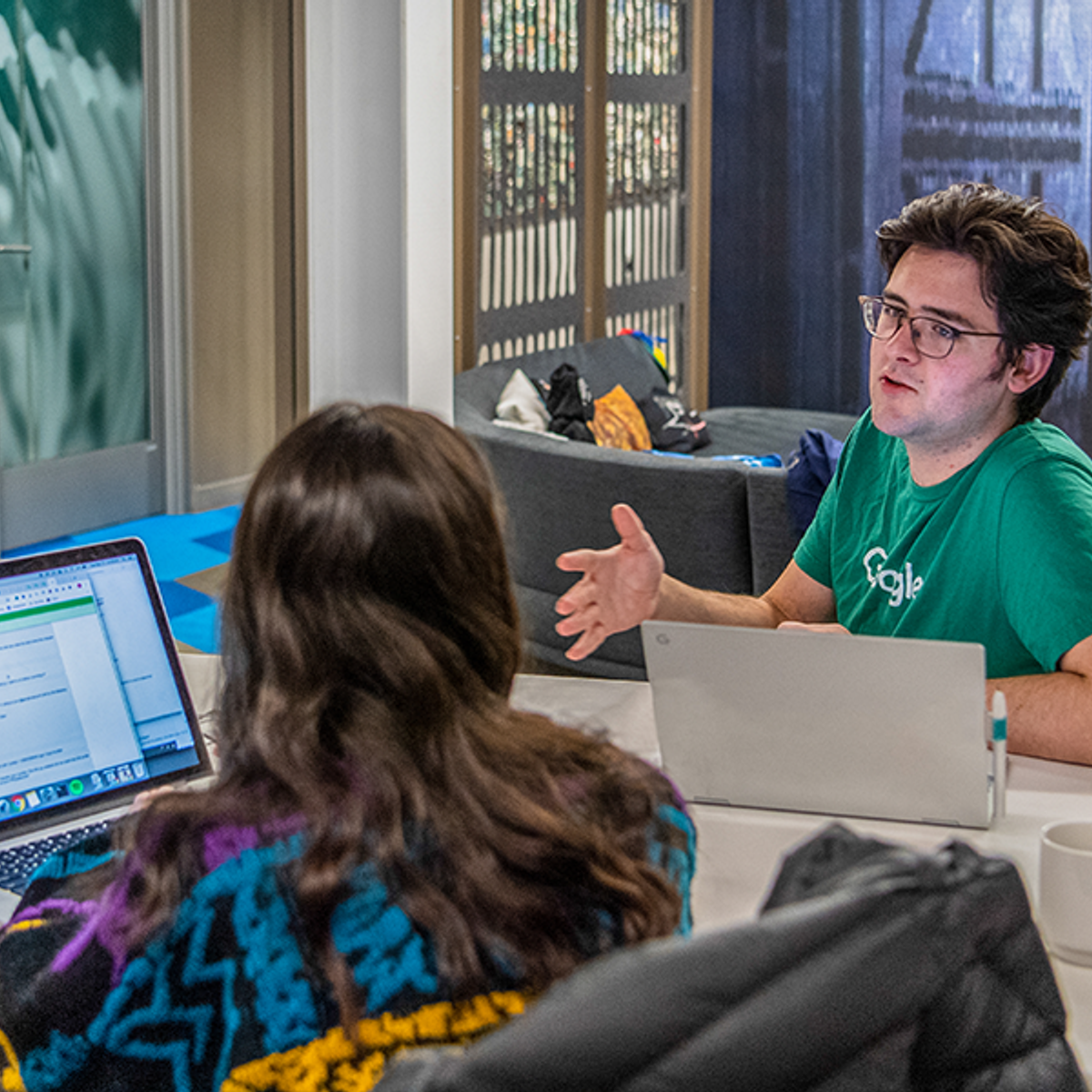

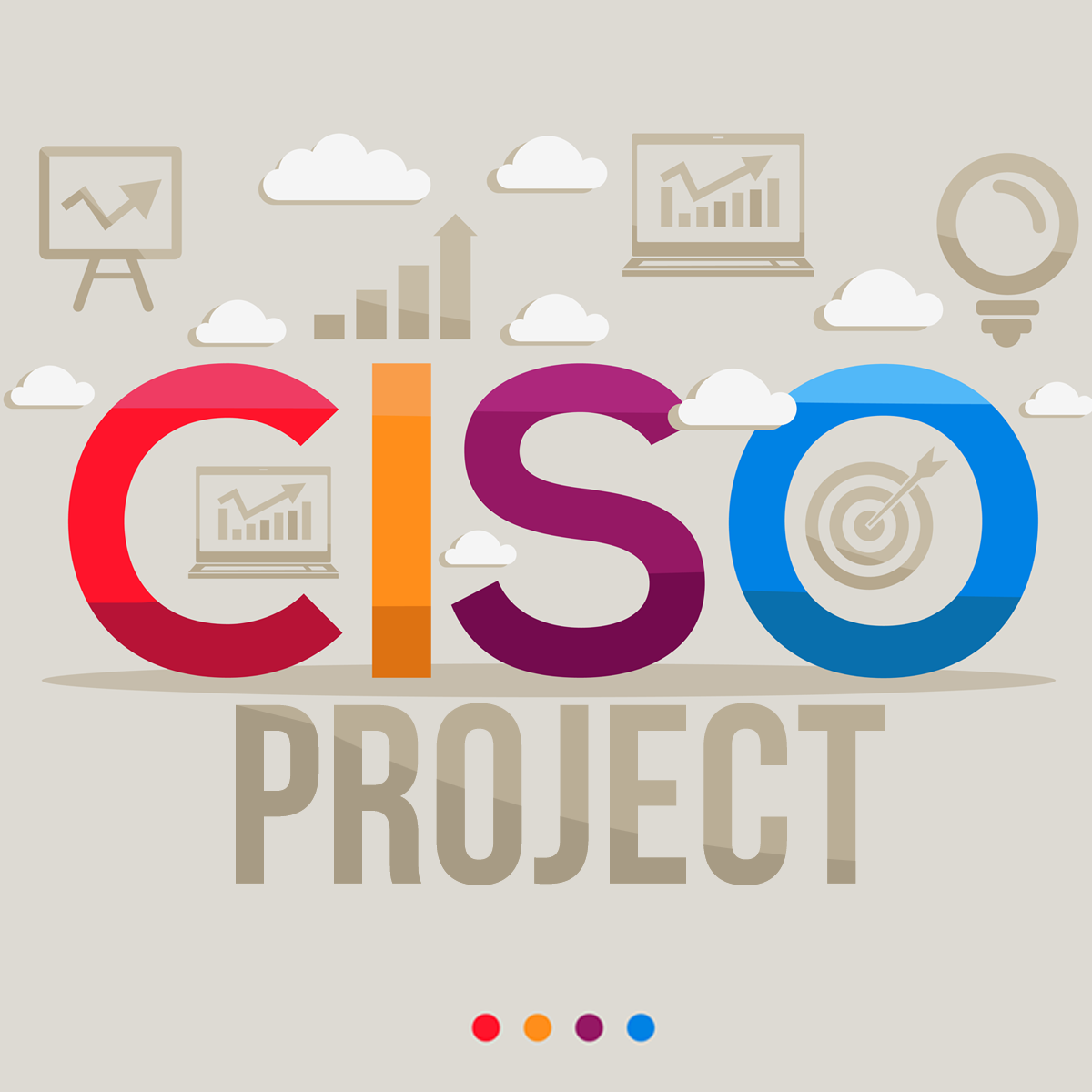

Computer Science Courses - Page 78
Showing results 771-780 of 2309

Create Digital Marketing Visualizations in Python
Visualizing data is an in-demand skill in many areas of business but particularly in digital marketing. With more and more data available to digital marketers, explaining what to do with it thru well-crafted visualizations shows not only prowess in a data language, but a keen insight into customers and what they are looking for in the products and services we provide. In this project, learners will learn how to create tables, line graphs, bar charts, and scatter plots. We will walk thru each visualization simply and then with a slight uptick. We will learn Python syntax, and other helpful Python do’s and don’t’s along the way

Introduction to Android Mobile Application Development
This course is an ideal stepping stone if you want to become a mobile developer. We’ll introduce you to this career path and give you a high-level overview of programming and the tools needed to develop Android applications.
Explore the Android Studio and the fundamental concepts of Android app development. Learn about operating systems and different platforms for creating mobile apps. You’ll conclude your introduction to Android application development by building out each aspect of a guided project.

Amazon Event Bridge and Lambda
This Course will be a 2-part series that will walk you through the Lambda functions and a recent service called Event Bridge.
In this Course, we will create 2 EC2 instances using an AWS service called Cloud Formation and we will test different types of Lambda functions using the EC2 instances.
You will get a real time experience of working with Lambda and Event Bridge.
We will see how to manually invoke/ trigger the Lambda functions and also we will create a simple event driven architecture using Lambda and Event Bridge.
As mentioned earlier, this course has 2 sections. In the first section, we will create 2 Lambda functions, one to start the EC2 instance and the other one is to stop the EC2 instances. Then, we will manually invoke these lambda functions and test it using the EC2 instances.
The second part comprises of Event Driven invocation of Lambda function. In this part, we will configure an Event Bridge to monitor the specific state change to "STOP" of a specific Ec2 instance and will set the target as a Lambda function which will RESTART that Ec2.

Test Accessibility of your Design with A11ygator
In this project, you will use a free product called A11ygator to test a website for accessibility. An accessible website is one that is usable for everyone, including those with disabilities. Testing a website’s accessibility is important since ensuring that a website is accessible is often required by law. An accessible website benefits everyone—users and businesses—by improving the overall user experience.
Note: This course works best for learners who are based in the North America region. We’re currently working on providing the same experience in other regions.

Intermediate Object-Oriented Programming for Unity Games
This course is the fourth course in the specialization about learning how to develop video games using the C# programming language and the Unity game engine on Windows or Mac. Why use C# and Unity instead of some other language and game engine? Well, C# is a really good language for learning how to program and then programming professionally. Also, the Unity game engine is very popular with indie game developers; Unity games were downloaded 16,000,000,000 times in 2016! Finally, C# is one of the programming languages you can use in the Unity environment.
This course assumes you have the prerequisite knowledge from the previous three courses in the specialization. You should make sure you have that knowledge, either by taking those previous courses or from personal experience, before tackling this course. The required prerequisite knowledge is listed in the "Who this class is for" section below. Throughout this course you'll build on your foundational C# and Unity knowledge by developing more robust games with better object-oriented designs using file input and output, inheritance and polymorphism, and event handling.
This course gives you even more tools to help you build great games with C# and Unity!
Module 1: Start using files to implement your Unity games
Module 2: Learn how inheritance and polymorphism help us write less code for our games
Module 3: Implement event handling to make better object-oriented designs and add menus to your Unity games
Module 4: Explore the complete implementation of a small Unity game
Module 5: Complete final peer review
“Unity” is a trademark or registered trademark of Unity Technologies or its affiliates in the U.S. and elsewhere.
This course is an independent work and is not sponsored by, authorized by, or affiliated with Unity Technologies or its affiliates
Computational Thinking with JavaScript 2: Model & Analyse
This is the second course in a sequence of four courses that develops essential 21st century computational thinking (CT) skills using the popular JavaScript programming language.
At the end of this second course you will: know a framework for CT to help you model the real world using abstract data structures; have developing CT skills so that you can perform comon data analytics tasks; be able to read and write programs in JavaScript that involve processing, analysing and visualizing data, using a specialised library; and post your creations on the web to share your code with others.
This course is suitable for: learners who have taken the first course in this specialization 'Computational Thinking in JavaScript 1: Draw and Animate' or for those who have basic JavaScript skills and want to learn about simple data analytics.

Build Wireframes and Low-Fidelity Prototypes
Build Wireframes and Low-Fidelity Prototypes is the third course in a certificate program that will equip you with the skills you need to apply to entry-level jobs in user experience (UX) design. In this course, you’ll continue to design a mobile app for your professional UX portfolio. You’ll start by creating storyboards and getting familiar with the basics of drawing. Then, you'll create paper wireframes and digital wireframes using the design tool Figma. You’ll also create a paper prototype and a digital low-fidelity prototype in Figma.
Current UX designers and researchers at Google will serve as your instructors, and you will complete hands-on activities that simulate real-world UX design scenarios. Learners who complete the seven courses in this certificate program should be equipped to apply for entry-level jobs as UX designers.
By the end of this course, you will be able to:
- Develop a goal statement.
- Create two types of storyboards: big picture and close-up.
- Understand the difference between low-fidelity and high-fidelity design.
- Apply the basics of drawing.
- Apply the principles of information architecture to organize a mobile app.
- Create paper wireframes for a mobile app design.
- Develop digital wireframes in the design tool Figma.
- Build a paper prototype to add interactivity to designs.
- Design a low-fidelity prototype in Figma.
- Recognize implicit bias and deceptive patterns in design.
- Continue to design a mobile app to include in your professional portfolio.
To be successful in this course, you should complete the previous two courses in this certificate program, or have an ability to conduct user research to inform the creation of empathy maps, personas, user stories, user journey maps, problem statements, and value propositions. You will also need paper and a pen or pencil.

Test and Debug Your Build with Visual Studio Code
In this 1-hour long project-based course, you will learn how to test and debug your code in Visual Studio Code. You will find the bugs in a sample program and fix them. Topics covered include: building code for debugging, breakpoints, watch, call stack, conditional breakpoints, function breakpoints, and debug console.
Note: This course uses a C++ program as a learning tool. Basic knowledge of C++ is useful but any coding experience of a modern and similar language (such as C, Swift, Java, JavaScript, Kotlin) will suffice.

Road to the CISO – Culminating Project Course
The ultimate destination for a security manager is the Chief Information Security Officer (or Chief Security Officer) a senior executive role responsible for all cybersecurity operations in the organization. But how do you get from entry-level IT or security employee to the CISO’s office and what do you need to know when you get there? This course examines the career path and requirements to be an effective CISO, as well as the roles and responsibilities of the position.
In this course, a learner will be able to:
● Identify the career development and path of a Cybersecurity professional from entry-level to CISO
● Define and describe the role and function of a CISO in planning for cybersecurity
● Identify the development of a cybersecurity governance program and the role the CISO would play in it
● Discuss the strategic responsibilities of the CISO in overseeing an organization’s cybersecurity program

Manage Agile Workflows with Product Roadmaps in Miro
By the end of this project, you will be able to create an analysis-driven product roadmap that will allow you to manage agile workflows when multiple teams across an organization support different goals and milestones of a project.
To do this, you will gain hands-on experience applying agile thinking to align business goals and team responsibilities within a product roadmap in the Miro online visual collaboration platform for teamwork.
Note: This course works best for learners who are based in the North America region. We’re currently working on providing the same experience in other regions.
